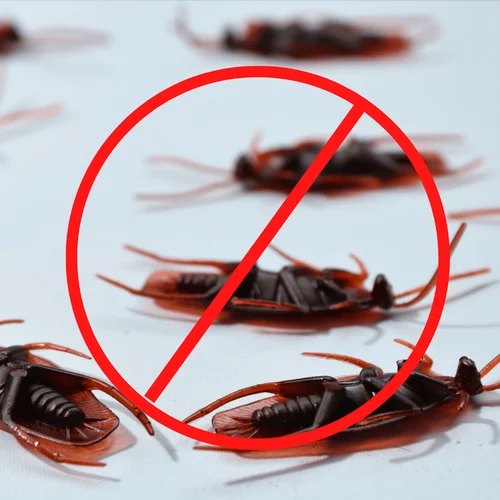
Cockroach Description
Cockroaches are high-risk pests that pose serious health threats. They carry diseases such as salmonella, dysentery, diphtheria, gastroenteritis, and typhoid. Additionally, they are significant sources of allergens, often triggering asthma, allergies, and eczema, especially in urban environments. Homes with children, elderly individuals, or people with compromised immunity are particularly vulnerable.
Beyond health concerns, cockroaches cause contamination and produce an unpleasant odor that can taint food and objects. Due to favorable climates in many parts of India, they breed rapidly and exhibit resistance to many insecticides, making prompt and effective control crucial to prevent infestations from escalating or spreading.
Common Infestation Areas
-
Bathrooms: Behind cabinets, especially those storing soaps, toiletries, or medicines.
-
Kitchens: Inside cupboards, under sinks, behind dishwashers, and around plumbing.
-
Laundry Rooms: Under sinks, near plumbing, and around motors of washing machines and dryers.
-
Drains: Cracks, crevices, damaged drain covers, pipe ducts, and openings beneath porches or decking.
Signs of Cockroach Infestation
-
Unusual Odor: A persistent, unpleasant smell often accompanies established infestations.
-
Droppings: Small (approx. 2mm), brown or black cylindrical droppings, especially where water is scarce.
-
Smear Marks: Brown, irregular marks on horizontal surfaces or wall-floor junctions when moisture is abundant.
-
Shed Skins: Cockroaches shed their skins 5–8 times before adulthood; these are usually found near their hiding spots.
Common Cockroach Species
-
Oriental Cockroach
-
Brown-banded Cockroach
-
German Cockroach
-
American Cockroach
Our Treatment Methods
-
Spraying
-
Gel Traps
-
Spot Gun Application
-
Dry Dusting
Free Site Survey Available!
Terms & Conditions
-
We are not responsible for pest presence due to fresh property purchase after treatment.
-
Guarantee excludes gardens and areas exposed to water.
-
Errors and omissions are accepted.
-
Disputes are subject to jurisdiction.
-
All treatments comply with BIS Standard 6313.


